Australians are no strangers to the dangers of bushfires, but before we head out on a camping adventure we do need to stop and consider how we can make sure we’re being fire-safe while on the road and camping.
Our country is a land of extremes, and much of its native flora is designed to ignite, and in many cases, it needs to do so as a part of its regenerative process. While this is a natural cycle, it does mean we have to be extra vigilant and aware of fire dangers when camping.
Each year fire services throughout Australia do what they can to help reduce the risk of catastrophic events, including back burning and clearing land of flammable debris, however, it’s everyone’s responsibility to do their part.
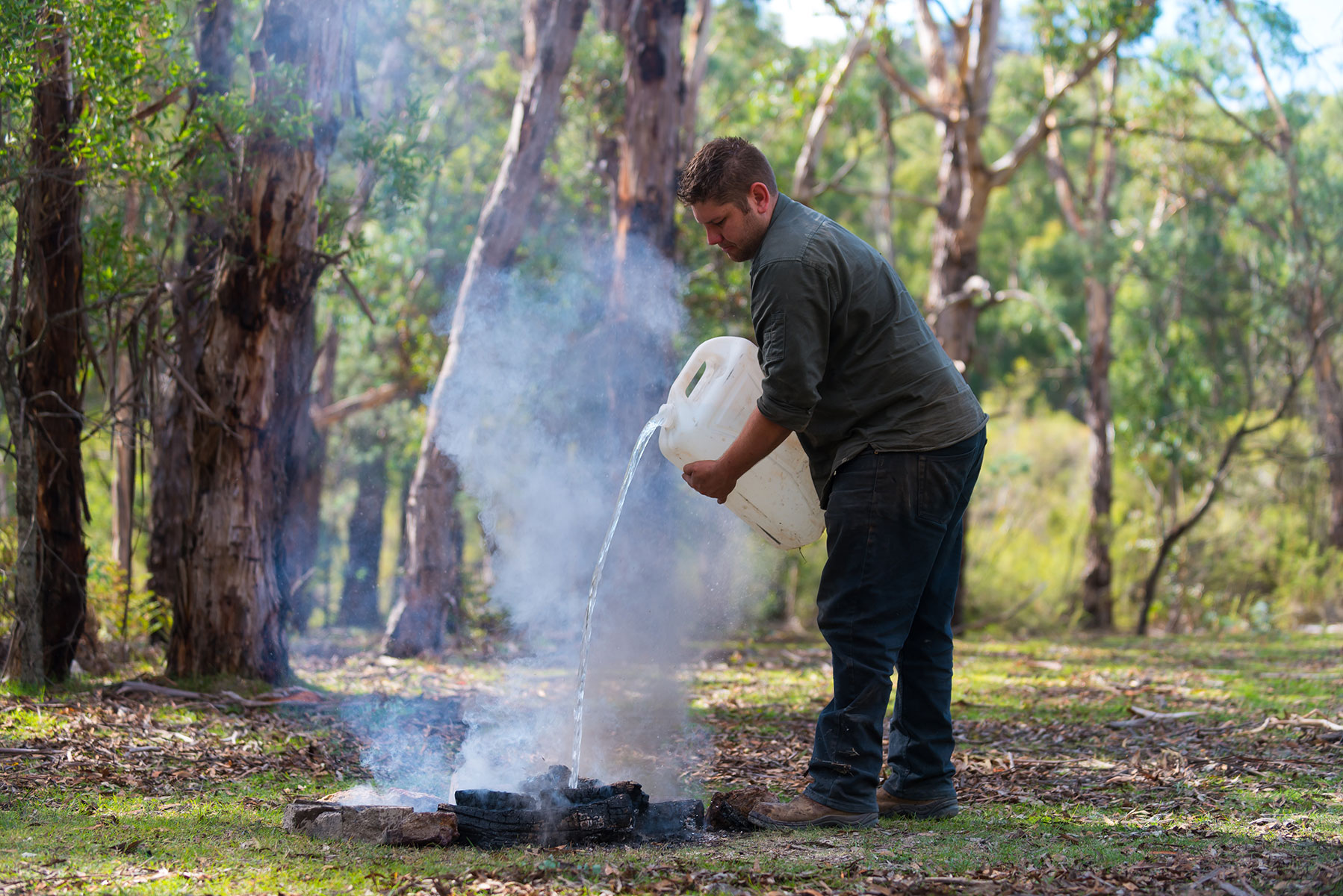


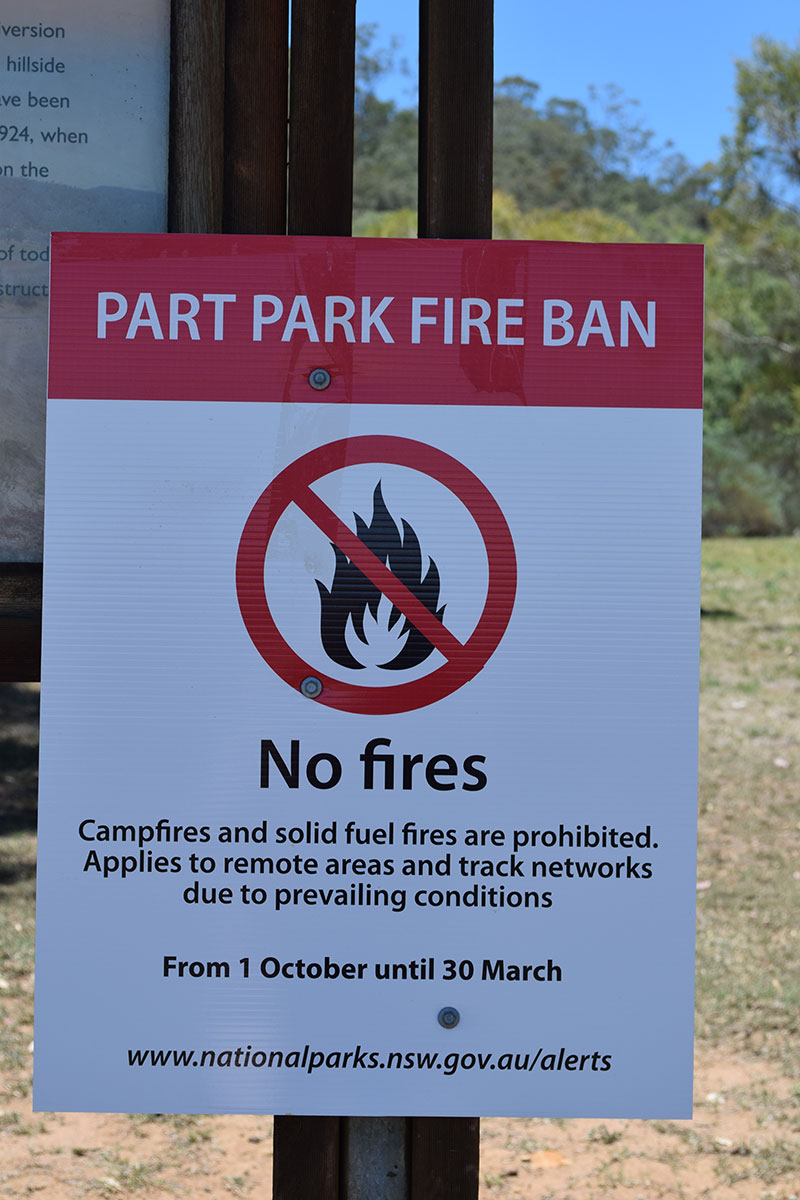
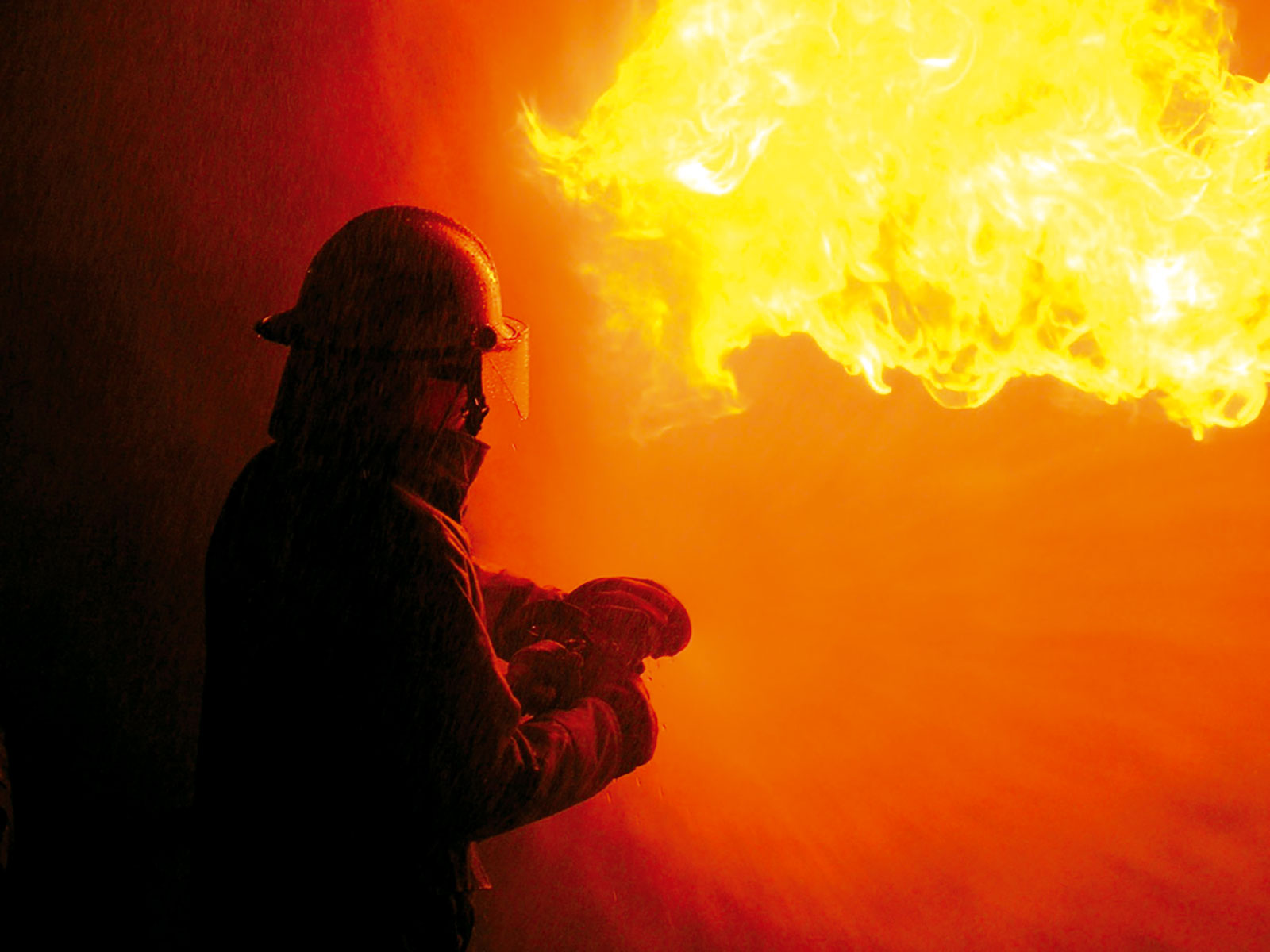
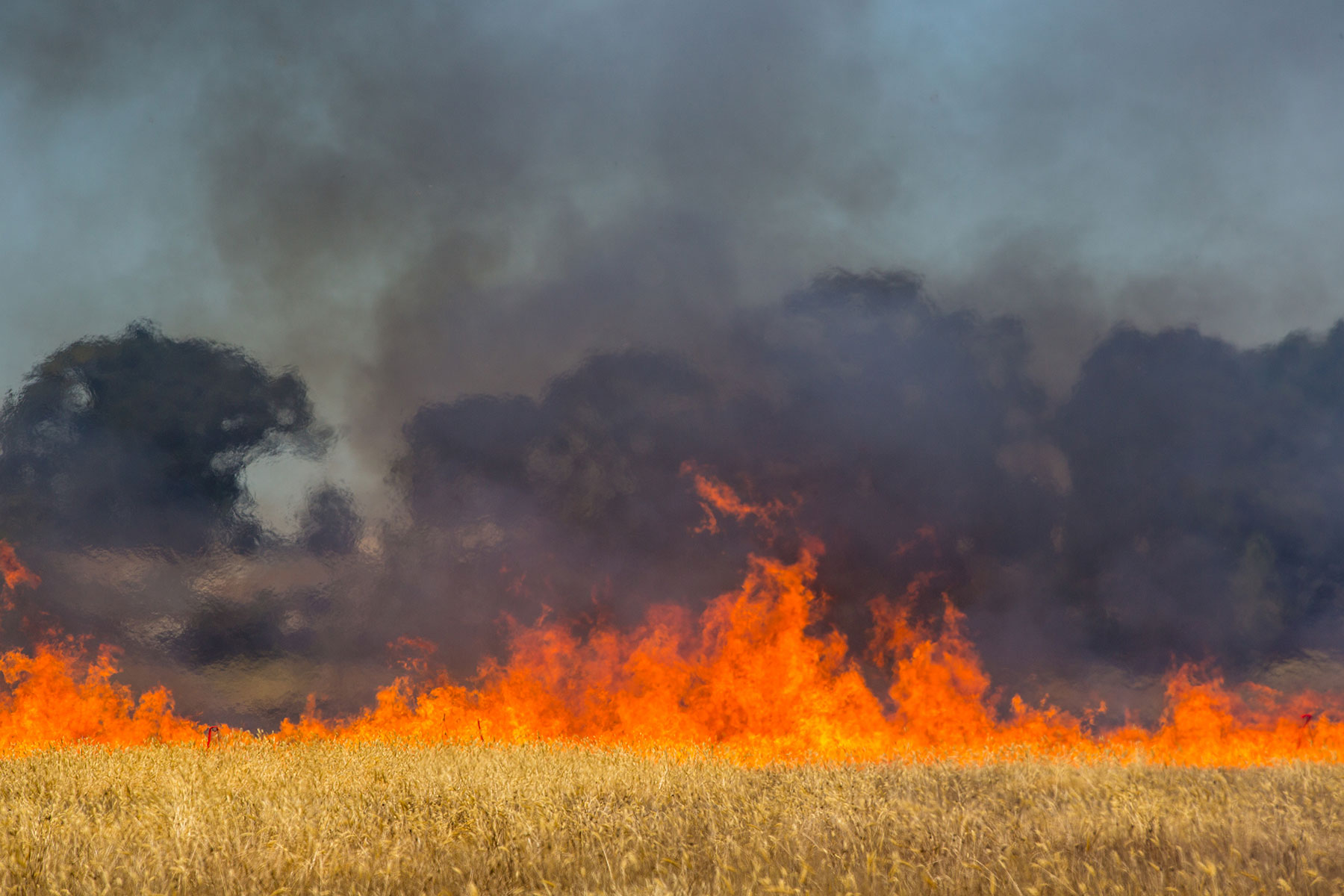
While you’re travelling, keep an eye on conditions and fire safety ratings, which will be displayed on large signs along highways throughout the country, or check online before you set out.
Check your setup
One factor that can be easy to forget when you’re thinking about fire dangers is your vehicle and camper. Both your vehicle and camper should be kept in prime condition so that they don’t become a fire hazard. Check electrical connections and gas lines, as well as anything that might spark, and check that all appliances are in good condition.
Don’t forget to keep the undercarriage clear of leaves, small twigs, branches, grass and other fire hazards at all times.
Before you head off, make sure you’re well stocked with fire safety equipment such as a fire blanket and dry-powder extinguisher. All fire extinguishers need to be inspected and serviced regularly.
Plan your journey and campsites ahead of time and keep an eye on what the conditions will be as well as the local Total Fire Bans. Not every state and territory has the same rules at the same time of year, so it’s always best to familiarise yourself with these ahead of time. Some places will prohibit you from using a generator, while others have a blanket ban on everything from campfires to recreational four-wheel driving.
There’s not only the risk of sparking a bushfire either. Breaking the laws around fire bans can result in some serious penalties, including five-figure fines or prison time.
On the road
Always act early when it comes to the risk of a bushfire. This blanket rule can cover everything from reducing the danger by going flame-free to begin with, to leaving a place that’s under threat. The best way to deal with a dangerous situation is to never encounter it in the first place.
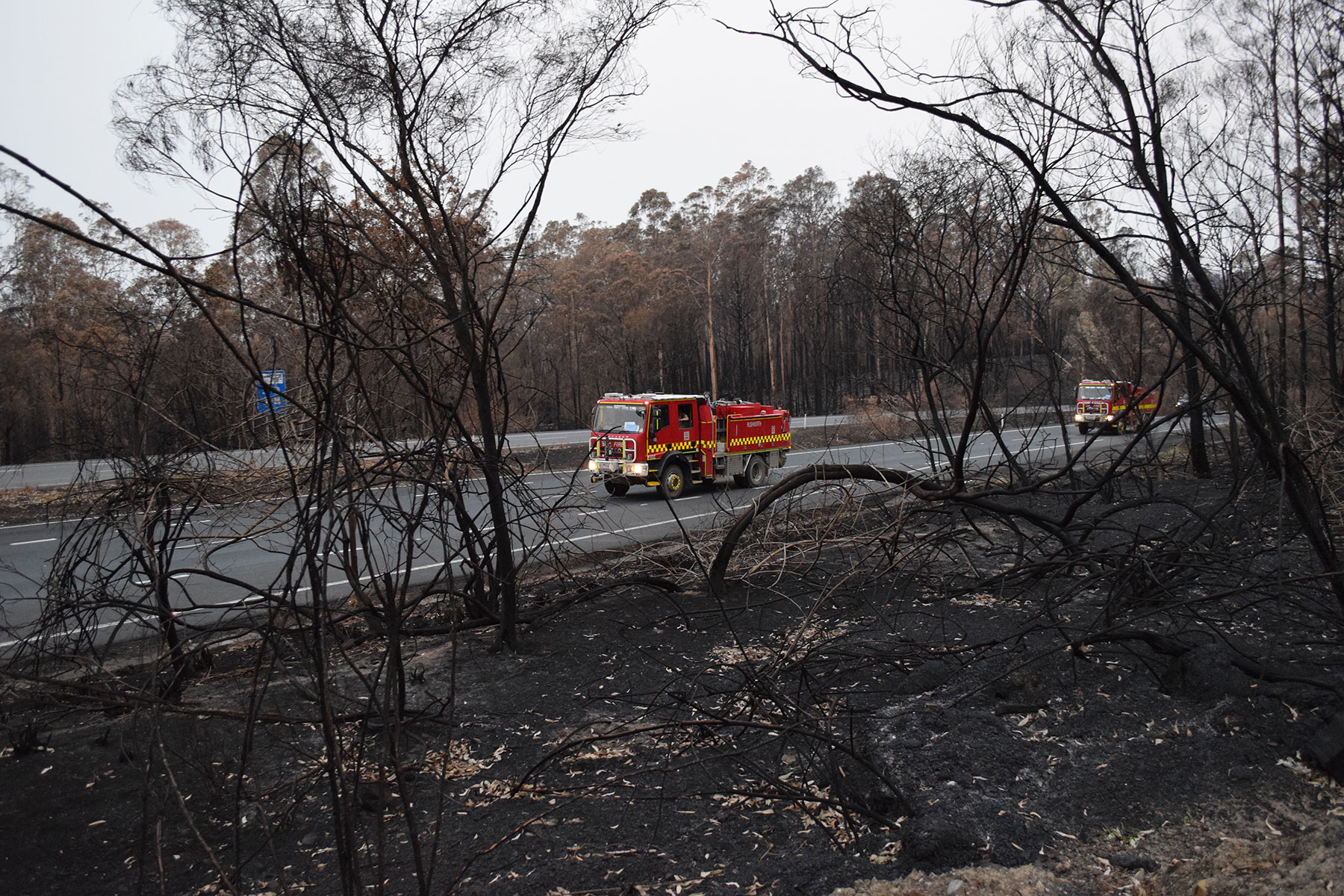
When travelling, avoid areas close to active blazes. This not only ensures your own safety but also keeps roads clear for emergency services.
However, if you do find yourself in an area with an active bushfire or backburning, keep your windows up, switch on your headlights and drive with extreme caution. All road rules, temporary road closures and so forth should be obeyed, and don’t stop anywhere longer than absolutely necessary.
At the campsite
Campfires, when permitted, can be great fun for the whole family and open up a wide range of tried-and-true campfire recipes. But ample care must be taken to ensure these campfires remain safe, both for you and the surrounding area.
As mentioned, always check if campfires are permitted in your area first. While there may not be a Total Fire Ban, certain campsites and national parks will have their own fire restrictions.
It’s also important to check current and forecasted weather conditions before lighting a campfire, as high temperatures, strong winds and dry spells can increase the risk of wildfires.
Campfires should always be lit carefully, no matter the season or weather, but particular care should be taken during the drier months where one stray spark can quickly cause a fire. Always avoid lighting any solid fuel fires during the drier months and fire season.
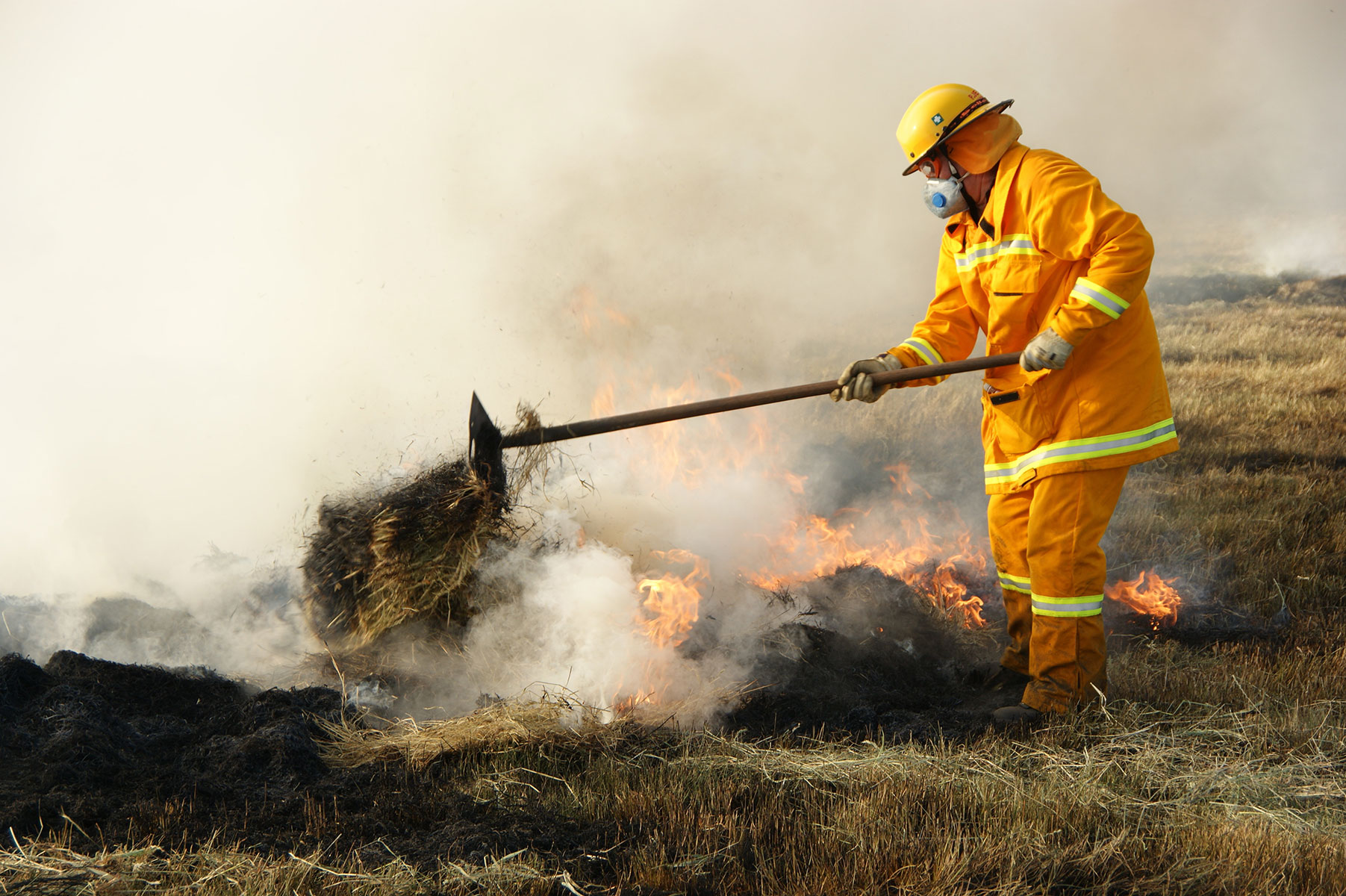
Here are some fire safety tips that can be used all year round:
- Don’t light fires on hot and windy days
- Some national parks do not permit fires at all, so it’s always best to check with the local park’s office
- Used prepared fireplaces or rings where they are available, or as directed by signs (if fire bans permit)
- Create a 3m radius around the firepit by clearing away any twigs and flammable debris, and ensure there is 3m of clear space above the fire (i.e., check there are no low-hanging branches or camping gear)
- If a purpose-built fireplace or firepit is not available, dig a 30cm deep trench around the fire to contain it; you can use the excess soil to create a mounded soil boundary around the fire. Your campfire should not exceed one square metre (1m x 1m) and should obey the 3m clear radius above and around it.
- You can also use large rocks to create a border around the fire as extra protection. Be aware that the stones will take in heat and may remain hot for an extended period of time. Avoid river rocks and layered rocks as they can explode when they get hot.
- Keep a shovel and bucket of water nearby to put the fire out. Don’t use sand or dirt, as these will stay hot for an extended period.
- Never leave the fire unattended, and when you leave camp make sure that it is completely extinguished by pouring water onto it. It should be cool to the touch, but always check carefully as coals deep down can retain heat for longer. Try to extinguish the fire well before you leave camp so that you can ensure that it is completely cool by the time you leave. Never leave a fire to burn out overnight, even if the conditions seem mild.
- If you know you’ll be lighting a campfire, it’s best to bring your own firewood, as it’s not always certain that you’ll find enough around camp that you’re allowed to use. Some public lands will have seasonal restrictions on collecting firewood, while national parks and reserves have complete bans to ensure the natural habitats aren’t destroyed.
- It’s always good to have a well-stocked first aid kit on hand, whether you’re lighting a campfire or not, but make sure you’ve got one handy with burn cream and bandages available as these can be critical in the event of a fire-related injury.
- Generally, if a burn is larger than a 20-cent piece, it is recommended to seek medical attention. Major burns can cause immediate dehydration and extreme pain, so call 000 immediately.
- Always have an evacuation plan, and ensure everyone you’re travelling with is aware of it, especially the kids
Tips for keeping kids safe around fires:
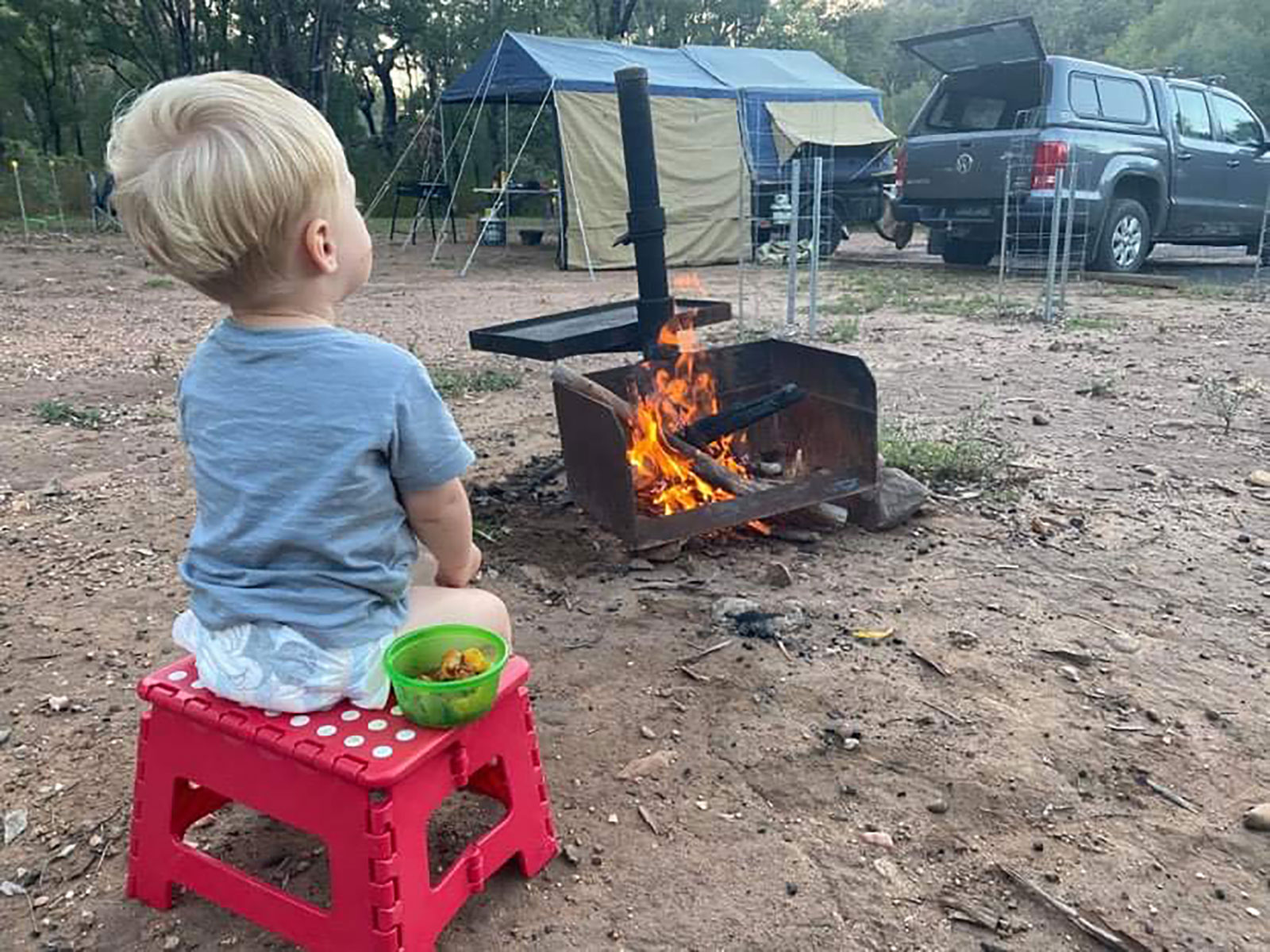
- Teach your kids to dial 000 in the case of an emergency and ensure they know how to convey their message, including location, what they see and who is around. And how to behave upon coming across a fire: flee, tell an adult and call 000.
- Safety first: remind children to never re-enter a fire area for any reasons
- Be aware that children may try to hide in dangerous situations — explain to children that hiding is dangerous and they must leave the area immediately
- Kids should always be supervised around campfires — it’s great to teach them how to build a campfire but an adult should always be present. This process is a great time to teach children that building campfires is a serious responsibility and whoever lights it must ensure it is completely extinguished for the safety of all.
- Ensure children know to keep a safe distance away from the fires — set up young kids’ chairs or log seating in a specific spot to help them know the boundary
- Explain to children how fires should be extinguished (with water, not soil) and the reasons behind this, but also that they should never try to extinguish a large, growing fire on their own
- Always tailor your fire safety messages to the age of the child, beginning with the basics (i.e., fire is hot and can hurt people) for younger children
- Victoria’s Country Fire Authority (CFA) has plenty of resources available for parents and teachers here
The basic Total Fire Ban day rules are as follows:
- No campfires or open-flame barbecues are allowed. This includes kettle/Weber-style charcoal barbecues and solid fuel camp ovens, as well as the use of burners in your tent.
- No liquid fuel or gas appliances are permitted
- Built-in electric or gas barbecues are only allowed if there is a water supply within 10m, and the barbecue has a 3m radius above and around it that is clear of flammable materials, and there is an adult present.
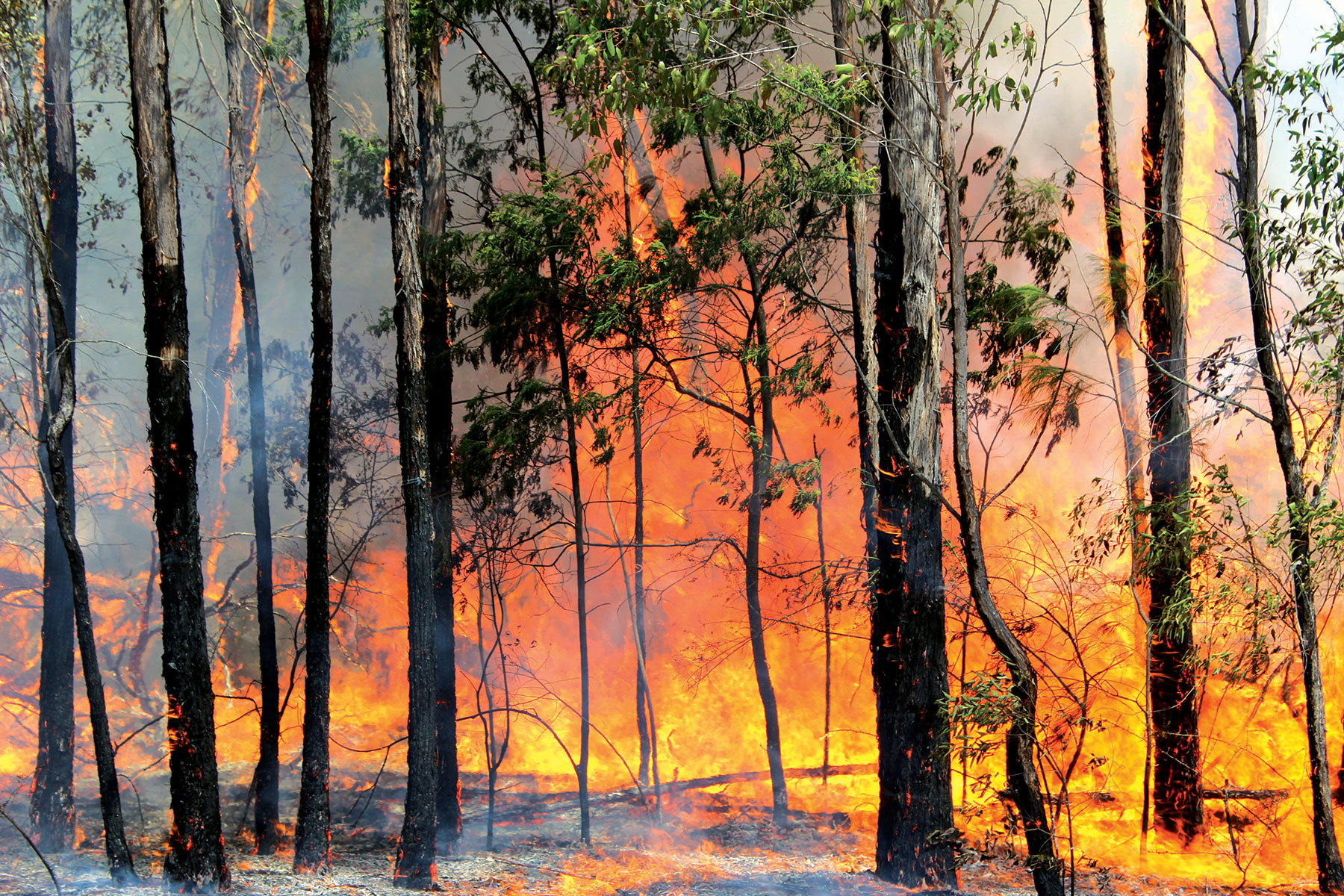
Every state and territory has its own rules, so check with your relevant fire authority for specific information on your area.
Contact details
In the case of an emergency, call 000.
NSW — Rural Fire Service (RFS)
P: 1800 679 737
W: rfs.nsw.gov.au
Vic — Country Fire Authority (CFA)
P: 1800 226 226
W: cfa.vic.gov.au
Qld — Queensland Fire and Emergency Services (QFES)
P: 13 74 68
W: qfes.qld.gov.au
SA — Country Fire Service (CFS)
P: 1300 362 361
W: cfs.sa.gov.au
WA — Department of Fire and Emergency Services (DFES)
P: 13 33 37
W: dfes.wa.gov.au
Tas — Tasmania Fire Service (TFS)
P: 1800 000 669
W: fire.tas.gov.au
NT — Northern Territory Fire and Rescue Service
P: 08 8999 3473
W: pfes.nt.gov.au
ACT — ACT Emergency Services Agency
P: 13 22 81
W: esa.act.gov.au
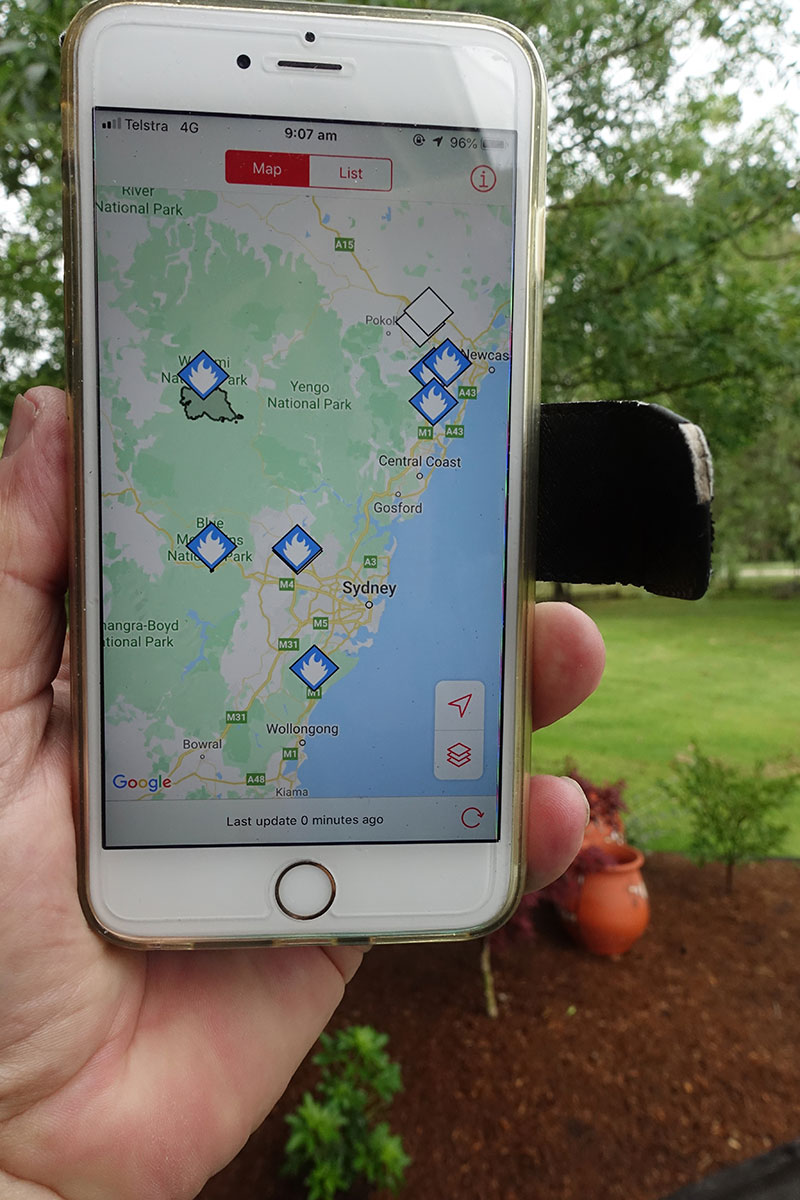
THE NEXT STEP
Are you ready to experience the freedom of the open road? Don't wait - Find your dream getaway now!
RELATED ARTICLES:
CIAA's vision for rural road safety




